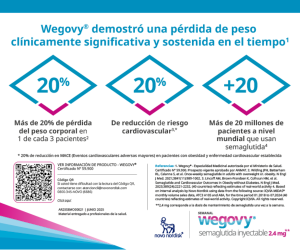6 voices in 10 minutes: Diabetes education in the transition
DOI:
https://doi.org/10.47196/diab.v54i3Sup.359Keywords:
diabetes education, teenagersAbstract
6 voices in 10 minutes: Expanding the horizons of education
Diabetes education in the transition
Adolescence is a period of changes in the growth, development and formation of the individual's personality.
During this stage, the adolescent with type 1 diabetes mellitus (DM1) travels a path, begun in childhood with his family, towards self-care and autonomy that he will finally achieve in adulthood. On this path you find new spaces for socialization and situations different from those raised in childhood, such as social activities with peers, the development of sexuality, exposure to substance consumption, living alone or starting to work, among others, which must be taken into account. taken into account when planning diabetes education.
References
- Cameron FJ, Garvey K, Hood KK, Acerini CL, Codner E. ISPAD Clinical Practice Consensus Guidelines 2018: Diabetes in adolescence. Pediatr Diabetes 2018;19(Suppl. 27):250–261https://doi.org/10.1111/pedí
- American Diabetes Association. Children and adolescents. Diabetes Care. 2017; 40(suppl 1):S105-S113.
- Ramos O, Ferraro M. Diabetes mellitus en niños y adolescentes. Ediciones Journal. 2015.
Downloads
Published
Issue
Section
License

This work is licensed under a Creative Commons Attribution-NonCommercial-NoDerivatives 4.0 International License.
Dirección Nacional de Derecho de Autor, Exp. N° 5.333.129. Instituto Nacional de la Propiedad Industrial, Marca «Revista de la Sociedad Argentina de Diabetes - Asociación Civil» N° de concesión 2.605.405 y N° de disposición 1.404/13.
La Revista de la SAD está licenciada bajo Licencia Creative Commons Atribución – No Comercial – Sin Obra Derivada 4.0 Internacional.
Por otra parte, la Revista SAD permite que los autores mantengan los derechos de autor sin restricciones.




























